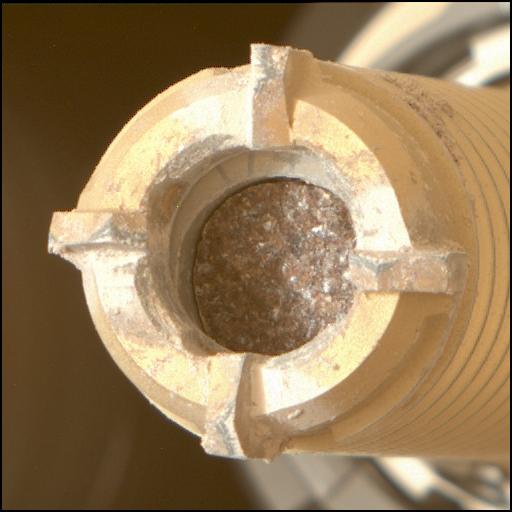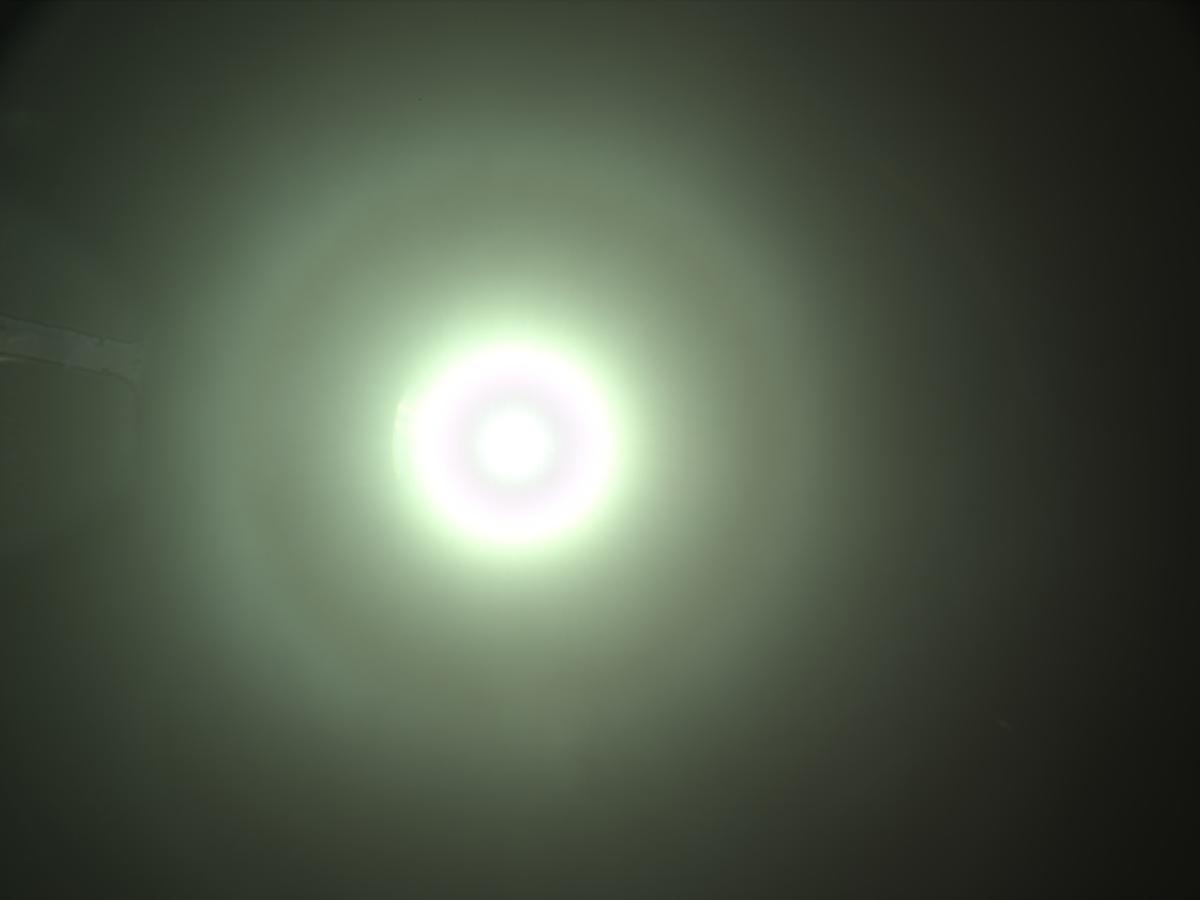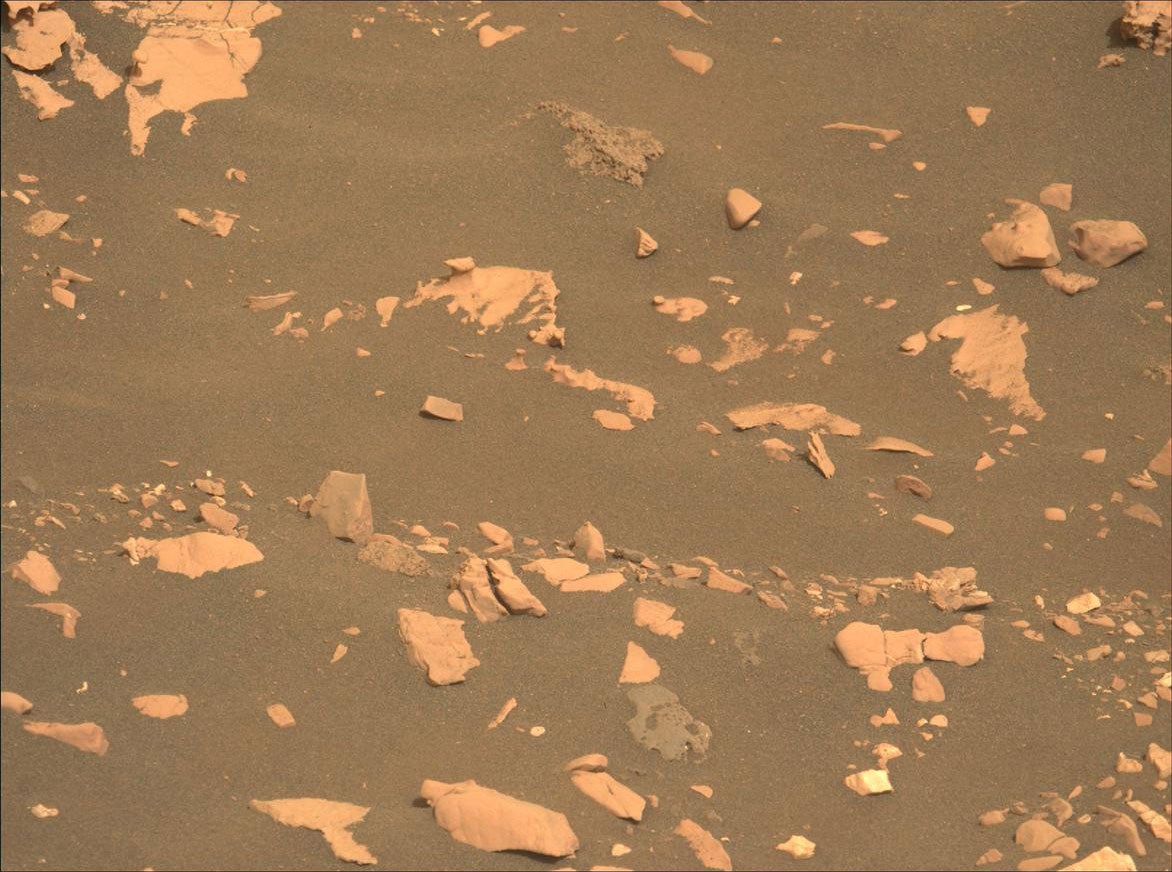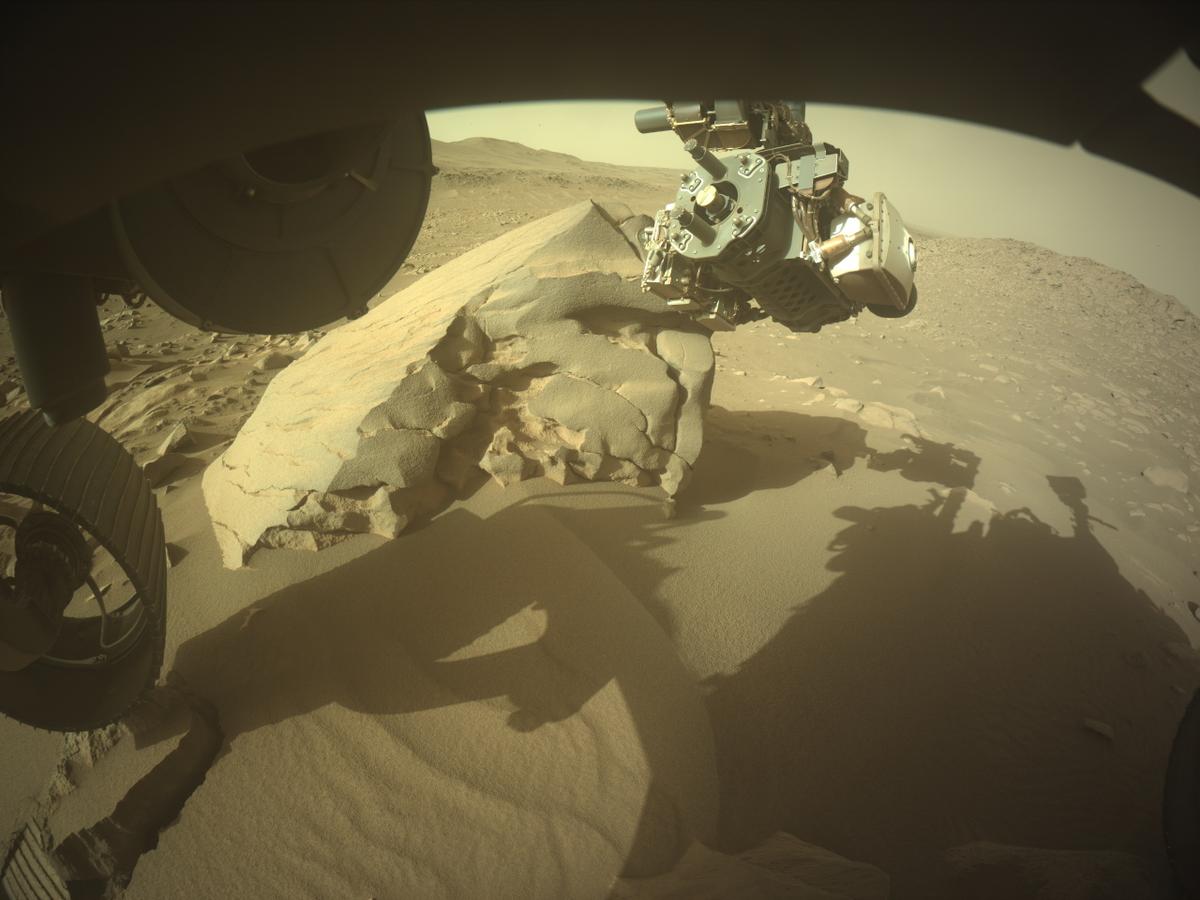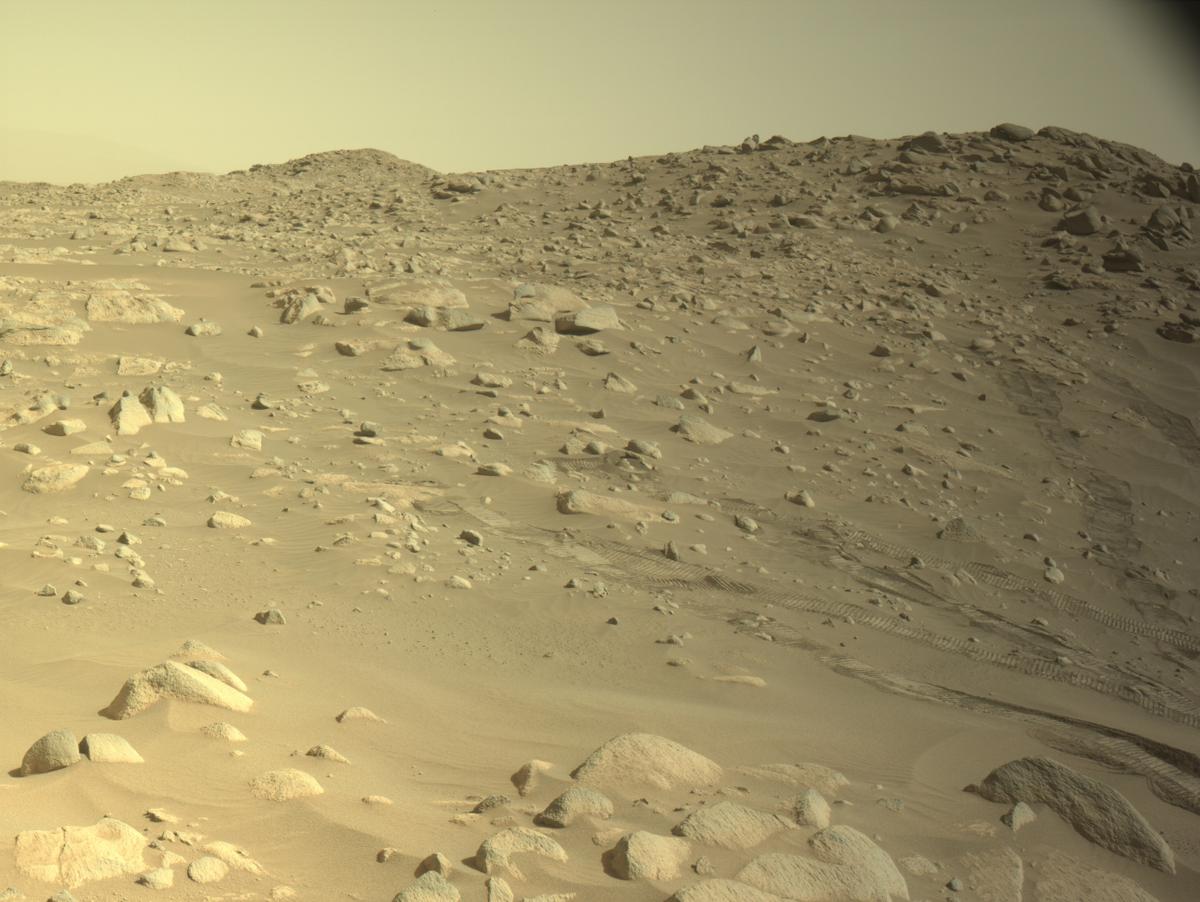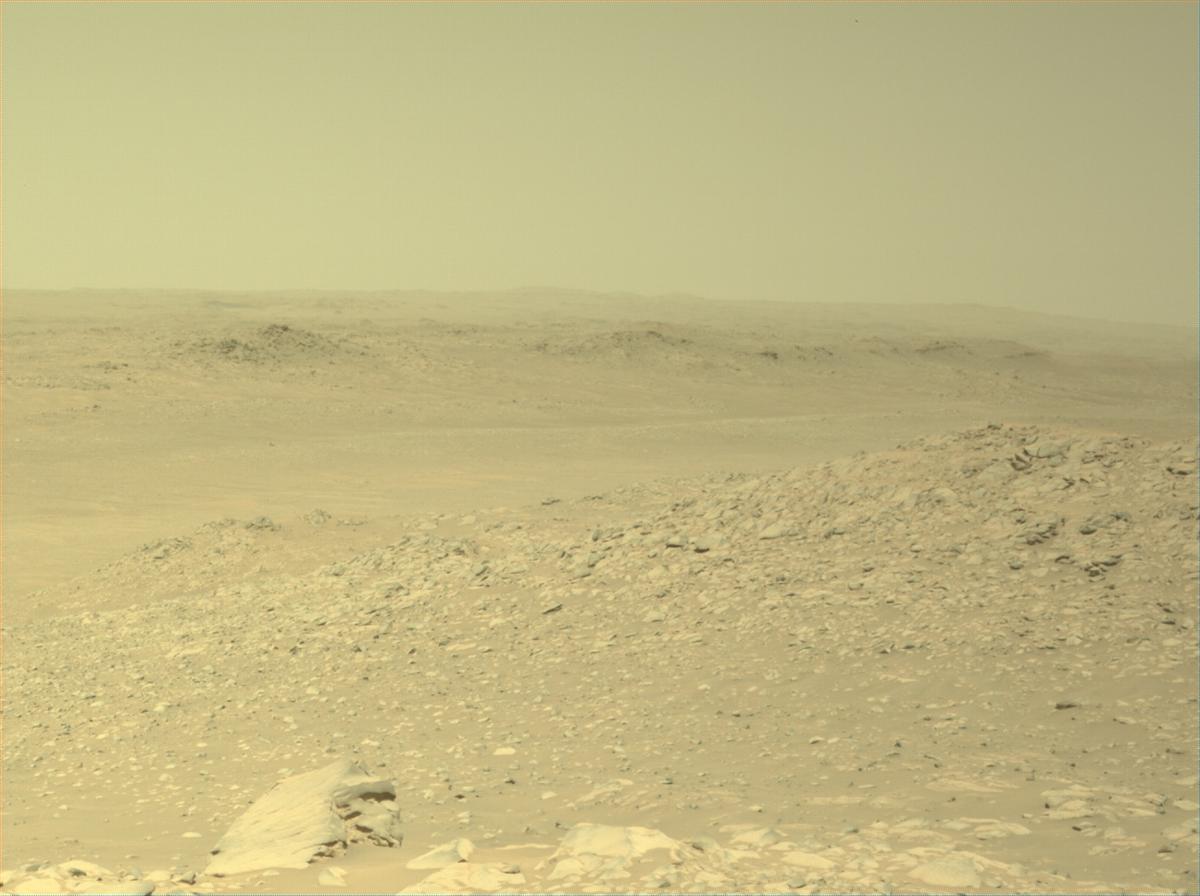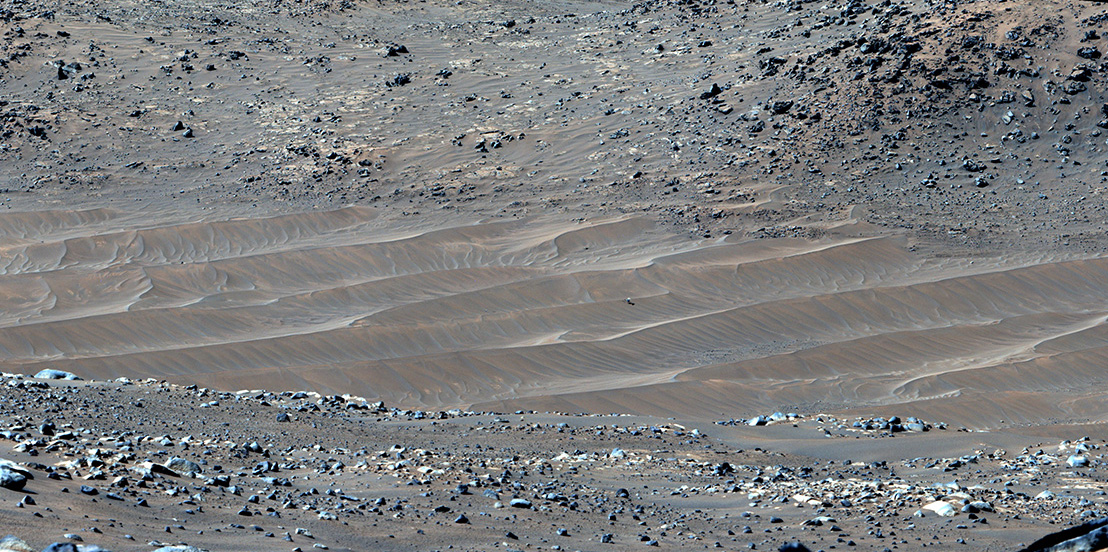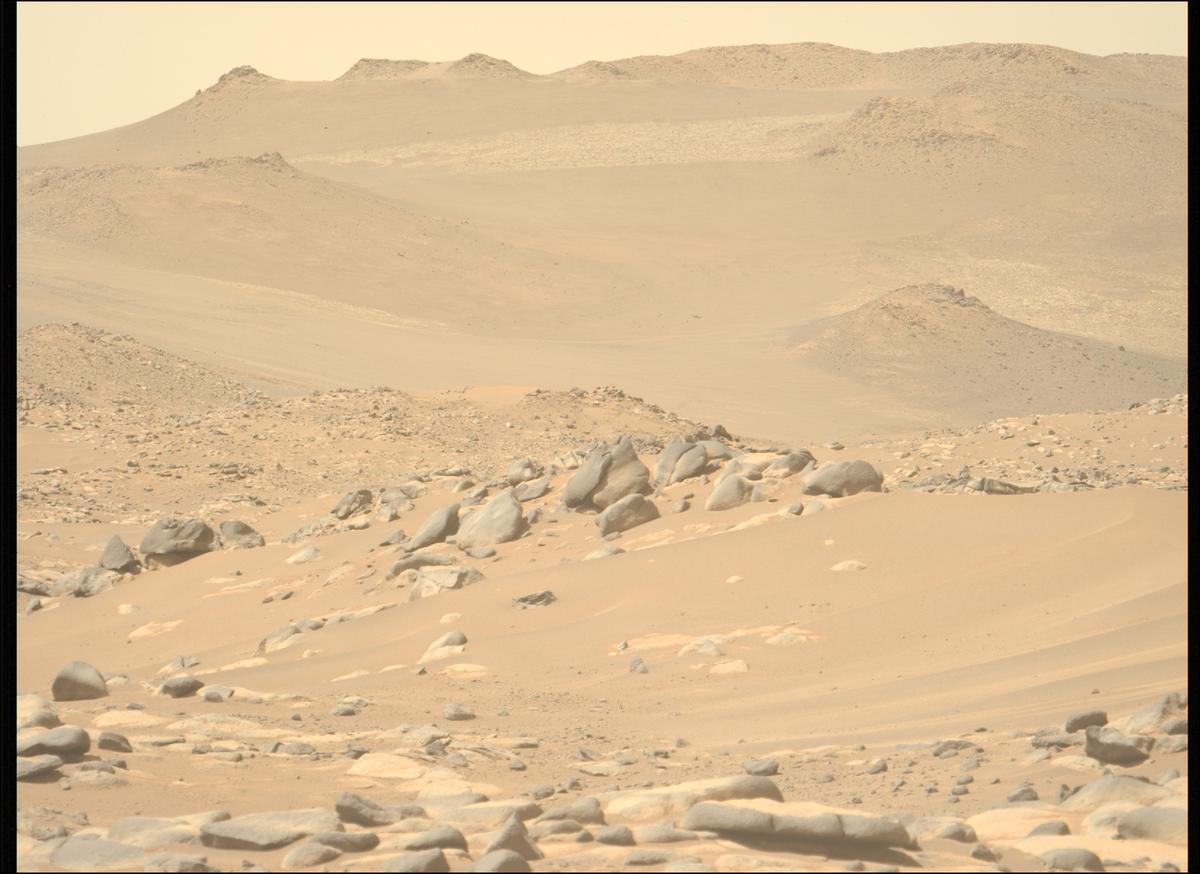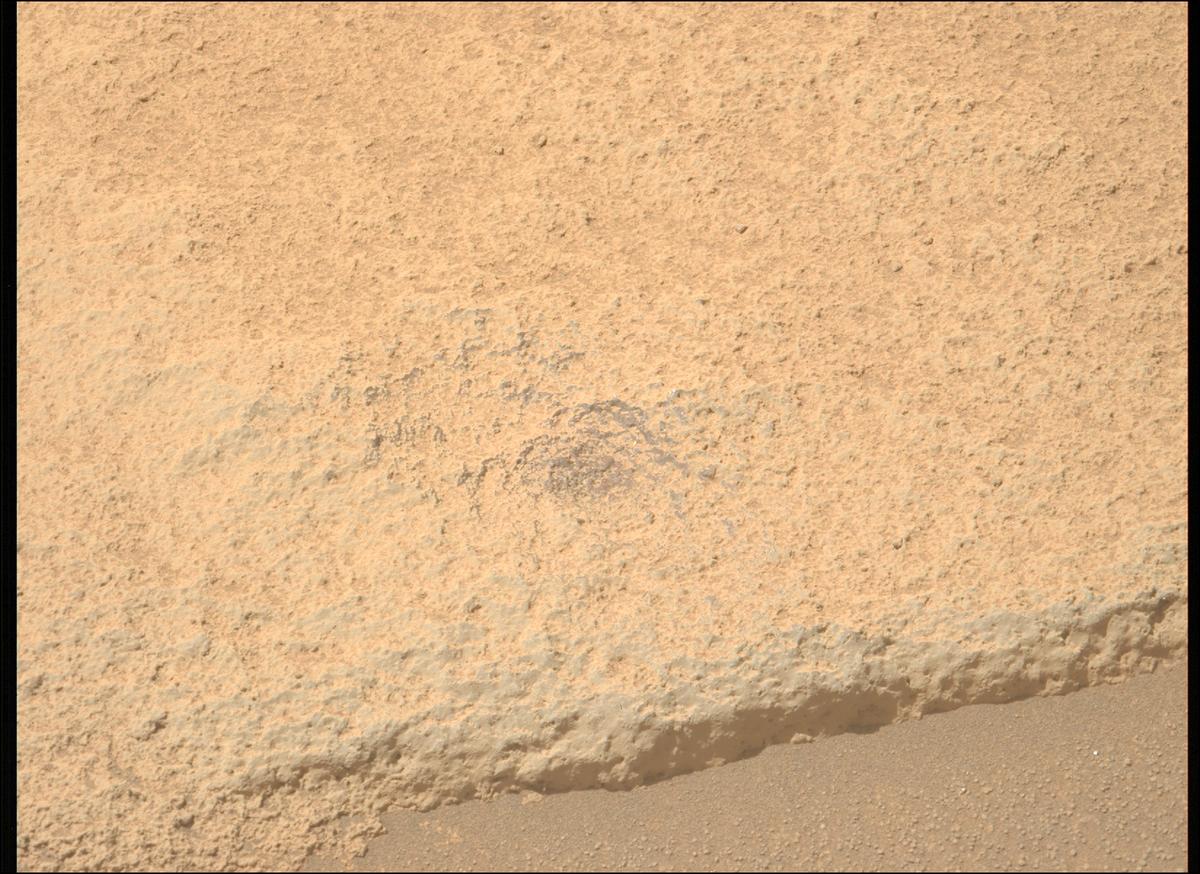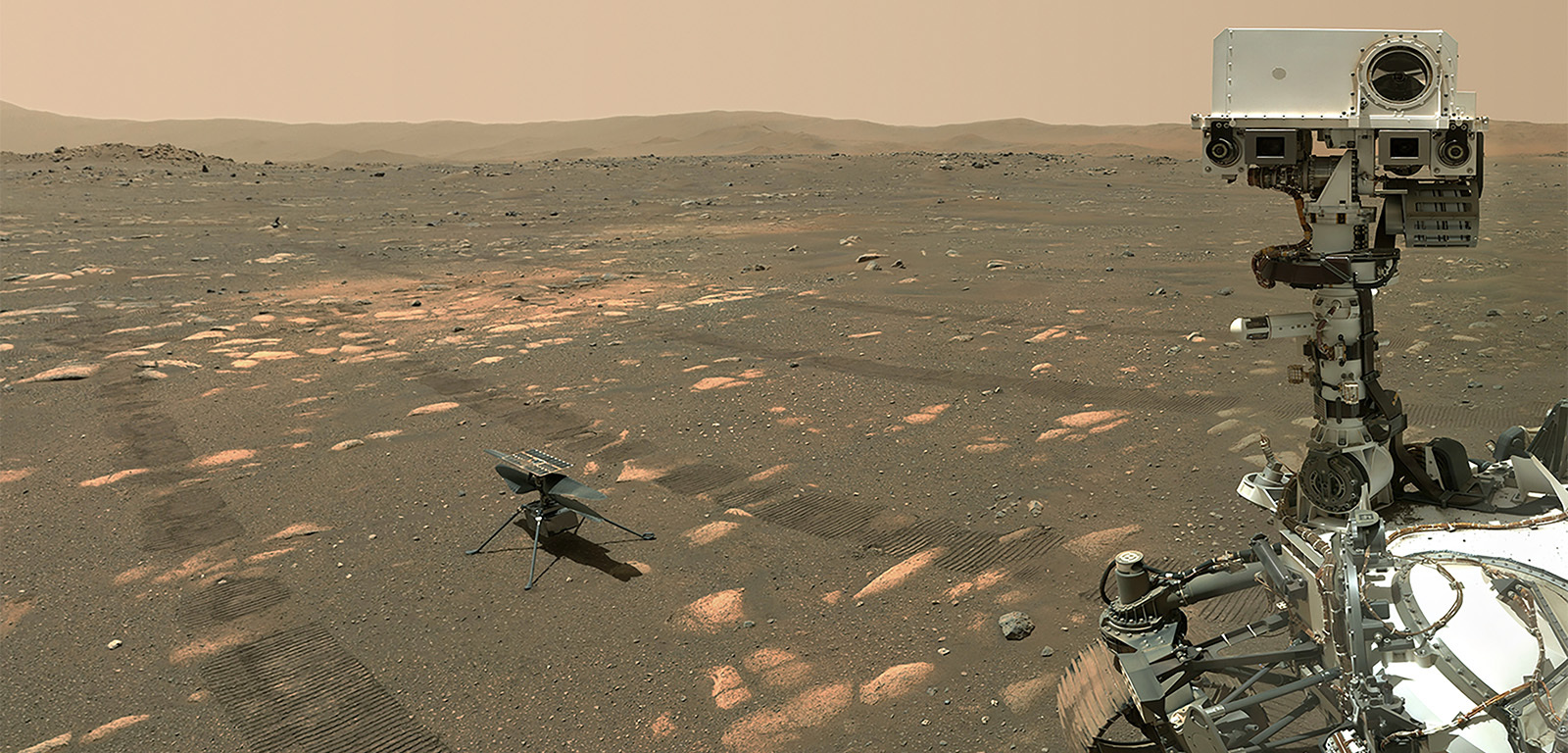Perseverance is adding a pop of color to Mars’ regular repertoire: purple.
The color palette of Mars’ surface is one of muted hues. Burnt orange tones reflect the iron-bearing minerals that have rusted under an oxidizing atmosphere while soft greys characterize the un-rusted parent rock.
However, over the past year we have seen prominent patches of purple peppered atop the rocks. The patches range from thin veneers to thick splotches and generally have a smooth, dull texture. Other Mars rovers, like Curiosity and Opportunity, have also observed purple-colored rocks, but not with this kind of splotchy texture and certainly not at such an abundance. We are keen to understand what these enigmatic rock coatings reveal about the history of Jezero. Did they form when ancient waters reacted with the rocks? Or did they form through millions of years of dust accumulation and cementation on an already arid world? We need more details about their make-up to be sure.
This was precisely the focus of a specialized experiment that I helped draft on Friday, March 11 (sol 377). My role on the mission is to help operate the SuperCam instrument, which can use a laser beam to “zap” rocks and determine their chemistry. The zapping process is very intense. Upon impact, the laser heats the rock to ~18,000°F (10,000°C), vaporizing a small amount of material and converting it into a plasma. When the laser stops firing, the plasma cools and emits radiation at wavelengths that correspond to the chemical constituents of the vaporized material. We record this radiation and use it to interpret what the rocks are made of. An added benefit of this technique is that we can use the vaporization to effectively drill into a target: by repeatedly firing the laser on the same location, we vaporize increasingly more material and penetrate deeper, allowing us to study the interior.
To learn about the purple patches on Jezero’s rocks, we aimed the laser at a small patch and commanded it to fire 150 times (5x more than our typical operation!). The goal is to vaporize through the purple material and into the rock below, thereby revealing how the chemistry changes between the two layers.
Analyses like these are extremely small – our ‘drill’ hole will be less than 1 mm deep – but could reveal clues about the environmental evolution in Jezero crater as a whole. Understanding how and when these purple coatings formed will help unravel how Jezero transitioned from a lake to a dustbowl.



